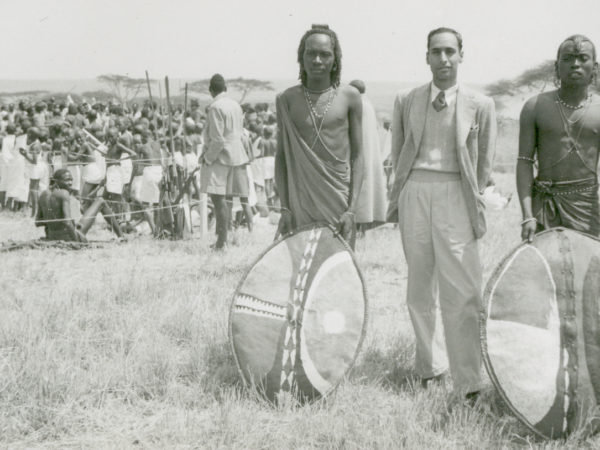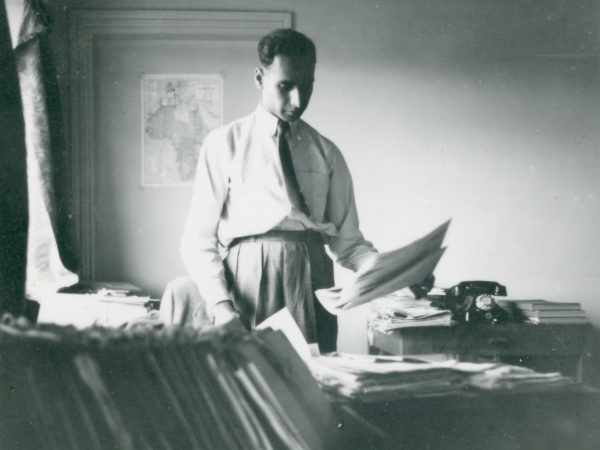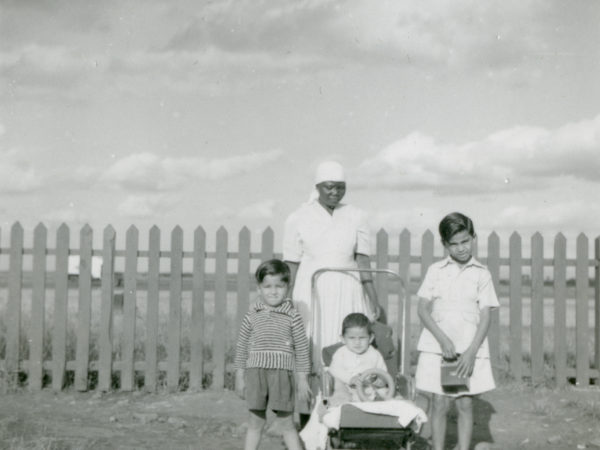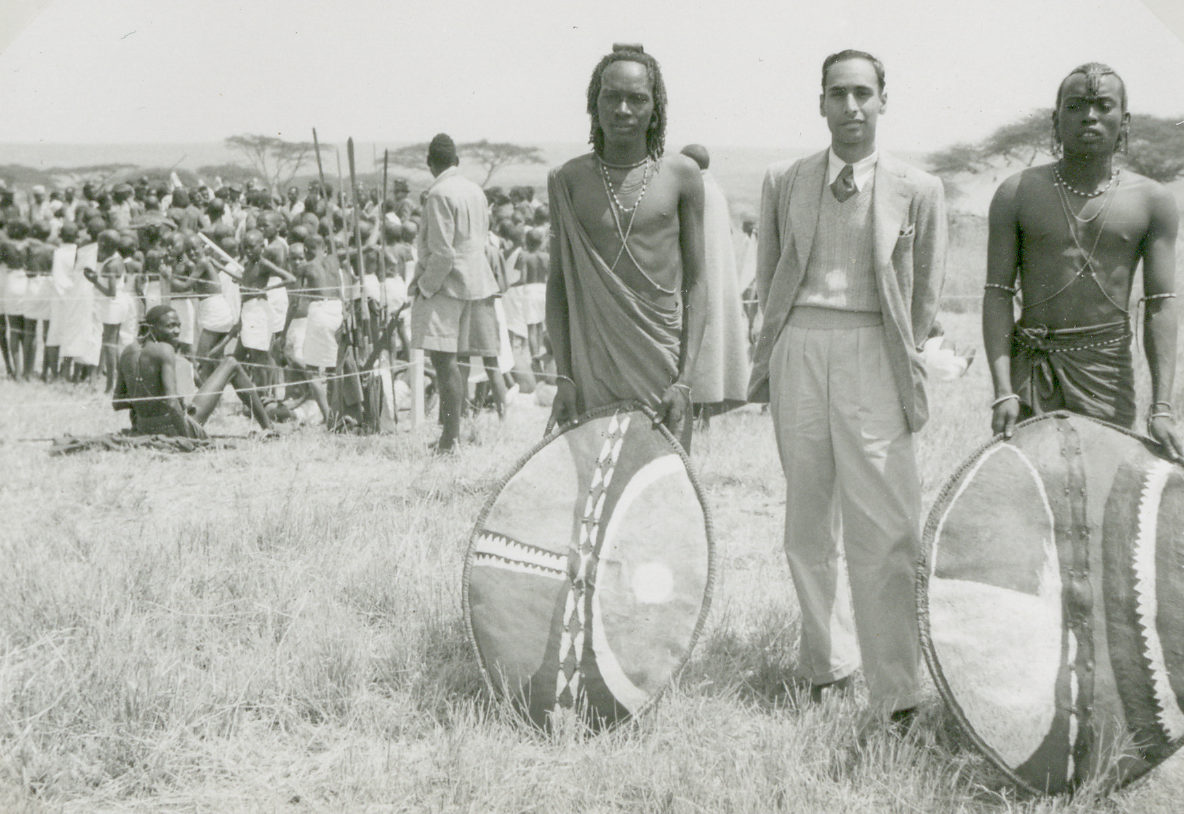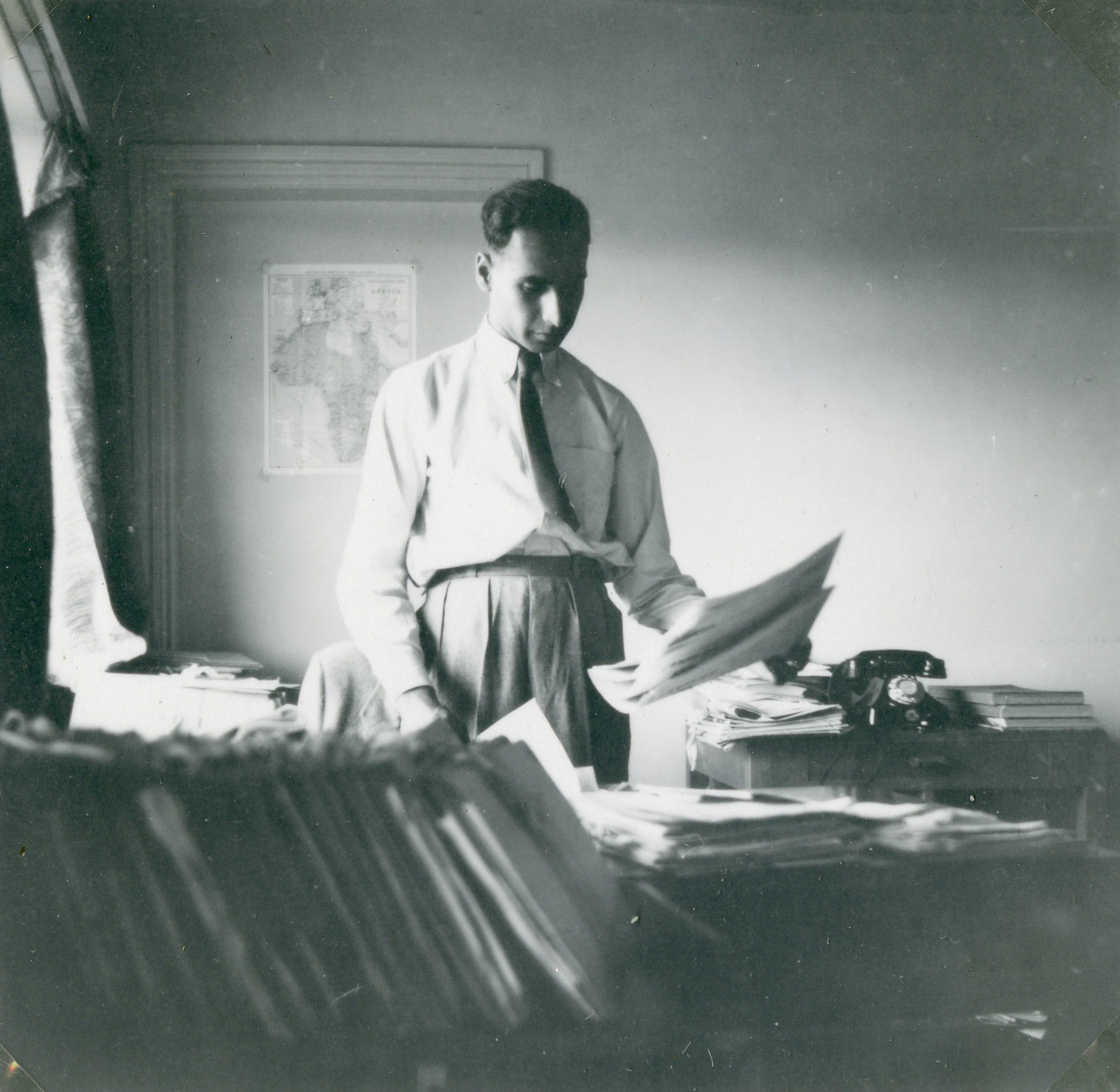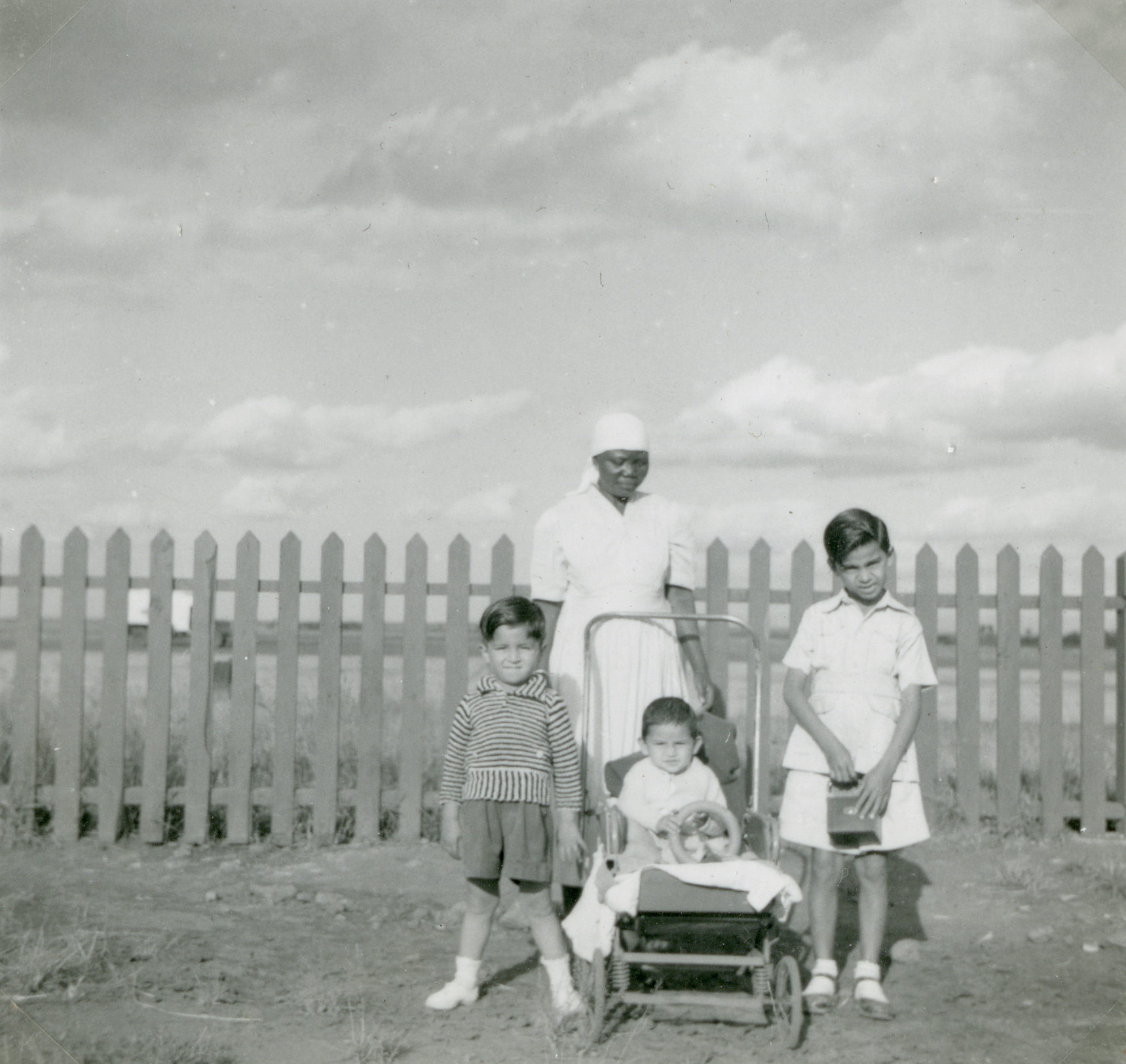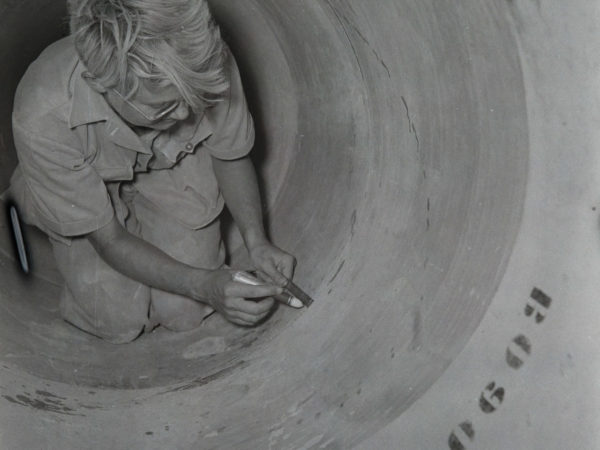Asians in East Africa
“If British settlers had listened to us, they could have been able to share the power [with Kenyans]”
Ivan Haslam came from Jabalpur, India, and in the 1950s was posted to the office of the Indian Commissioner in East Africa. Haslam took his camera with him on his extensive travels and documented the lives of Indians in East Africa. We asked Dr Saima Nasar to listen to Haslam’s, and Mervyn and Elsie Maciel’s, oral histories and provide her response.
Photo: Haslam and friends on route to Kilimanjaro, 1953.
BECC 2009/008/1/2/185

Dr Saima Nasar writes:

Dr Saima Nasar. Image courtesy of Dr Nasar
This rich collection includes a visual archive as well as oral history interviews with Ivan Haslam, Mervyn Maciel, and Elsie Maciel. The collection directly speaks to my own research, which similarly traces the lives of South Asian populations and their migratory movements between the Indian subcontinent, East Africa, and Britain.
In the oral history interviews, Haslam and the Maciels document their extensive travels. They reflect on the emergence of South Asian settlements from ‘humble’ origins in the mid-1890s (when indentured labourers were recruited to construct the Uganda Railway) to the development of more substantial settlements thereafter. So-called ‘settler pioneers’ started off as small traders – or ‘dukawallahs’ – and came to amass great fortunes in areas including cotton ginning, coffee curing, and the trade of sugar and steel. As such, the interviewees reinforce claims that South Asians traditionally occupied a middle tier within colonial society: as ‘middle-men minorities’ they were wedged between European elites that occupied the top tier (with the best housing and economic opportunities) and black Africans that occupied the lower tier (where they suffered social, political and economic inequality).
Accordingly, the collection details the complexities of race relations in colonial societies. Both Ivan Haslam and Mervyn Maciel observe limited social interactions between British, South Asian, and black African communities. This inevitably served to foster racial tension and cross-cultural misunderstandings. These tensions are also reflected in the visual archive.
Finally, the collection reveals what it meant to live in an era of anti-colonial nationalism and decolonisation. Haslam and the Maciels, along with thousands of other East African Asians, relocated to Britain following the end of empire. The interviews therefore end by reflecting on the afterlives of empire as Haslam and the Maciels negotiate their new identities in twentieth century Britain.
Audio
Ivan Haslam on the origins of East African Asian communities
Ivan Haslam on anti-colonialism and the end of empire.
View transcript on soundcloud
Ivan Haslam on racial isolation between groups
View transcript on soundcloud
Mervyn Maciel on Africanisation
View transcript on soundcloud
About Saima
Dr Saima Nasar is Lecturer in the History of Africa and its Diasporas at the University of Bristol. Her forthcoming monograph traces the transnational trajectories of East African Asians in diaspora. She has published on the making of East African Asians as colonial subjects, imperial citizens, and postcolonial refugees.
